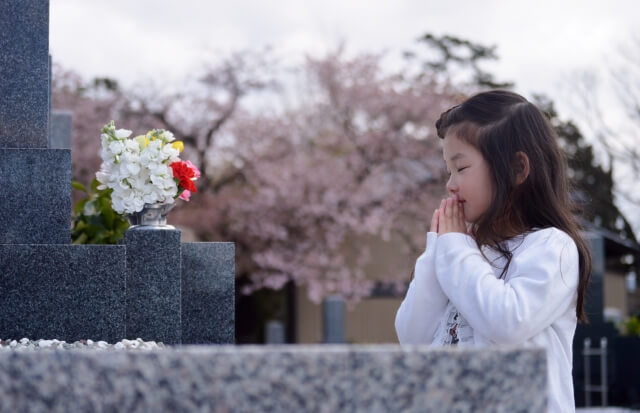※This site uses affiliate advertising.
Contents
【What is ohigan? 】 Two annual visit to a gave
There are two days every year when day and night are the same length. (the spring equinox and the fall equinox) The spring equinox is called shunbun no hi, the fall equinox is called shuubun no hi in Japanese. Shunbun no hi(around March 21st) and shuubun no hi(around September 23rd) are national holidays of travel in Japan. The three days before and after the holidays, seven days in all, are called ohigan, when it is customary for people to visit the graves of their ancestors. Also, due to the major changes in temperature around the time of ohigan, there is a saying “neither heat nor cold lasts beyond the equinox”.

【The difference of ohigan in spring and the one in autumn】There are no difference
Some people ask the difference between ohigan in spring and the one in fall. However, they are same. People visit the graves and hold a memorial service both of the days.
【What are essential items for the offering?】Ohagi(Botamochi) and flowers
Usually, people bring flowers for offerings when they visit graves. During ohigan season, some people make botamochi or ohagi and offer them with flowers. Botamochi and ohagi are sticky rice balls covered with sweet red bean paste and they are eaten during ohigan season. Let me explain the reason why people offer the sweets, the meaning of the name, and the differences between botamochi and ohagi.
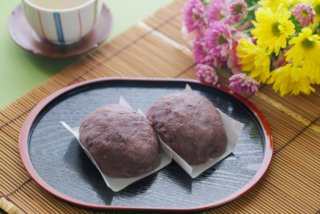
【The reason why people offer botamochi and ohagi in ohigan】The color red has the ward off spirits
In Japan, people believe that the color red has the power to ward off spirits, so people make foods, the color of which is red such as sekihan and sweet beans paste when they have celebrations and ceremonies. Regarding botamochi and ohagi, Sticky rice signifies ‘huge harvest’, and the red beans signify a talisman-like trait. During ohigan season, people offer botamochi and ohagi to family graves and household Buddhist alters. This is done to express gratitude to ancestors and to pray for family’s health.
Botamochi is eaten in ohigan of spring. Ohagi is eaten in ohigan of fall. Firstly, botamochi is called botanmochi, because red beans are similar to peony (botan in Japanese) blooming in spring. Botanmochi is changed to botamochi. Secondly, ohagi is called ohagimochi, because red beans are similar to bush clovers (hagi in Japanese) blooming in fall. Ohagimochi is changed ohagi.
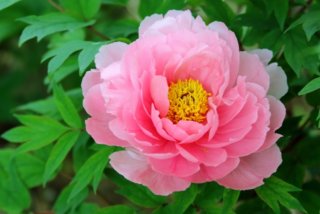
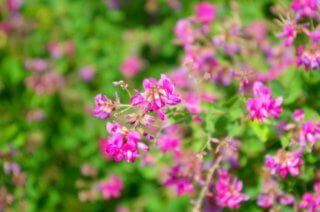
【The difference between botamochi and ohagi】The size and how to cook red beans used to be different
We cook botamochi and ohagi in the same way today. However, botamochi was made of smooth sweet beans paste, ohagi was made of mushed sweet beans paste in olden times. Also the sizes of botamochi and ohagi were different. Botamochi is bigger than ohagi, because the flower of botan is bigger than that of hagi.
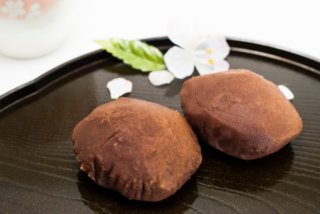
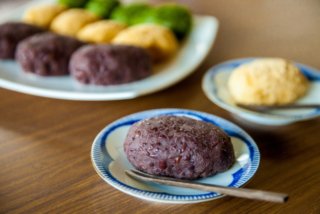
【Flowers blooming in ohigan in fall】Red spider lily is called higanbana in Japan
Red spider lily is called higanbana, because the flower blooms during ohigan season. When people find higanbana on the roads, they think that ohigan season is coming. How about going out to see brilliant red higanbana in September?

Ohigan is the unique culture of Japan. I hope this article helps you understand the seasonal events!
